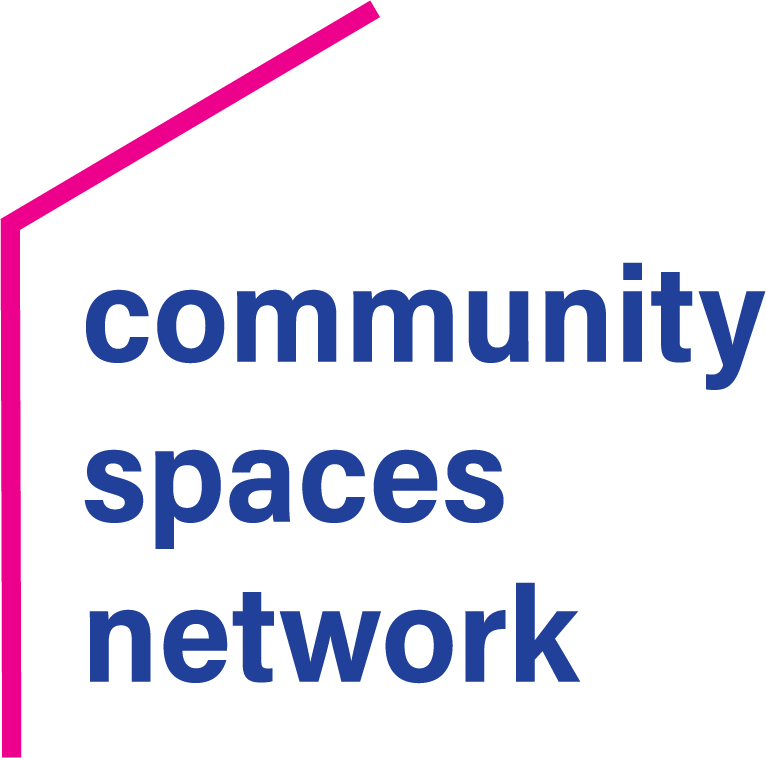Every so often I benefit from a reminder that Nonprofit Centers Network members are awesomely forward thinking. Recently, this happened while I was talking to member Tom O’Connor from Al Sigl Community of Agencies in Rochester, NY. Al Sigl has been providing high quality work space for nonprofits for 47 years. The organization works tirelessly to accommodate new nonprofits who want to reside at Al Sigl. With so many eager hands knocking at Al Sigl’s door, Tom and I wondered: What’s the draw for nonprofits to inhabit shared work space?
Today’s nonprofits are changing how they work. And, in general, shared spaces are compelling for an evolving workforce that expects flexibility and fluidity from and between their work and personal worlds. Mission-driven shared spaces provide nonprofit organizations and individuals with just that and much more.
In Leigh Stringer’s recent blog “The Value of Urban Friction” she reflects on the value of social interaction in densely populated cities. As an architect and expert on green and healthy workplaces, Stringer correlates what cities have historically done well- facilitate creativity and spontaneous innovation- with the flow of an open, modern workplace. This led me to think, “That’s just what shared spaces like Al Sigl have done for nearly half a century!” Nonprofit Centers Network members aggregate markets by bringing nonprofits together, whether they are focused on serving a specific population or organized around a central theme. To boot, the “secret sauce” of mission-driven shared spaces is the high level of productivity that comes from serendipitous collisions.
Together, our members create centers of gravity where savvy nonprofits want to locate and where their employees want to work. That type of desire doesn’t come from thin air. In her blog, Stringer cites data quantifying the value of collisions in cities via output measurements such as patents and salary levels. The knowledge and exchange of ideas born from centers of urban friction (or nonprofit shared work spaces) is compelling enough, but proof in numbers- like 15% more patents from a city population of 1 million- concretely defines the value of social interaction in densely populated places.
If cities are “inexhaustible source of ideas” then nonprofit shared spaces are the same for the nonprofit community. The value derived from spaces like Al Sigl lies in the exchange of information and ideas that comes with breaking free of silos and becoming highly connected through person-to-person networks. Though we struggle to quantify the value of this type of connection in dollars- we’re working on it! None-the-less, we see net benefits for the communities and residents that Nonprofit Centers Network serves in the strengthening of our mission-driven tenants who intentionally- and serendipitously- inspire one another through shared resources.
